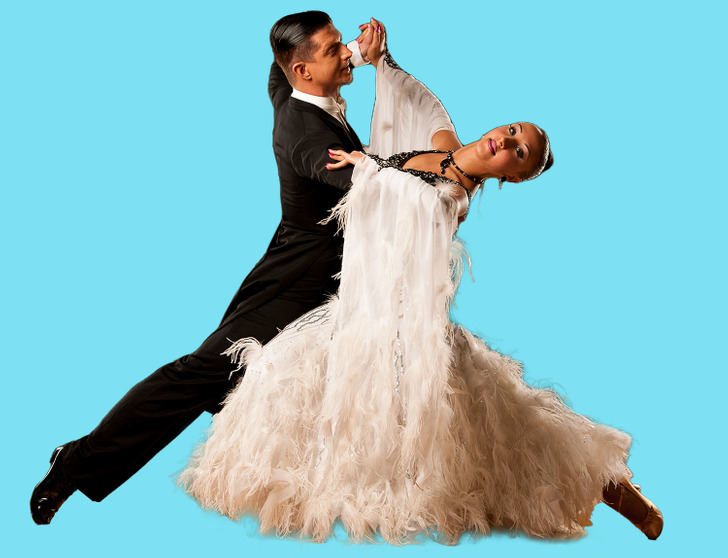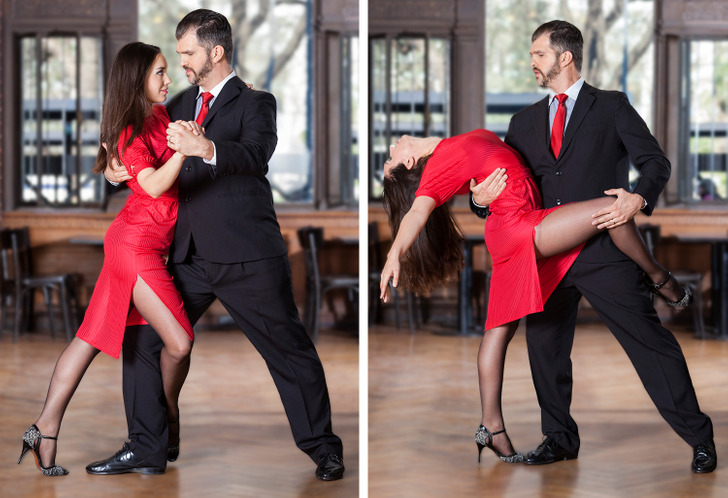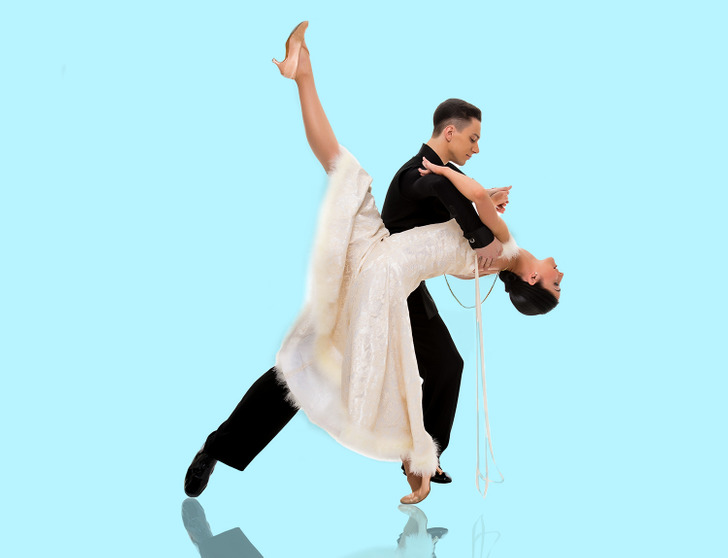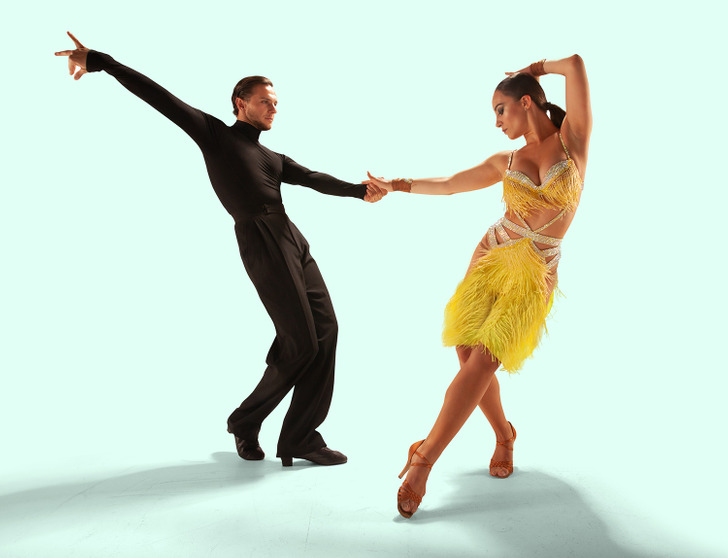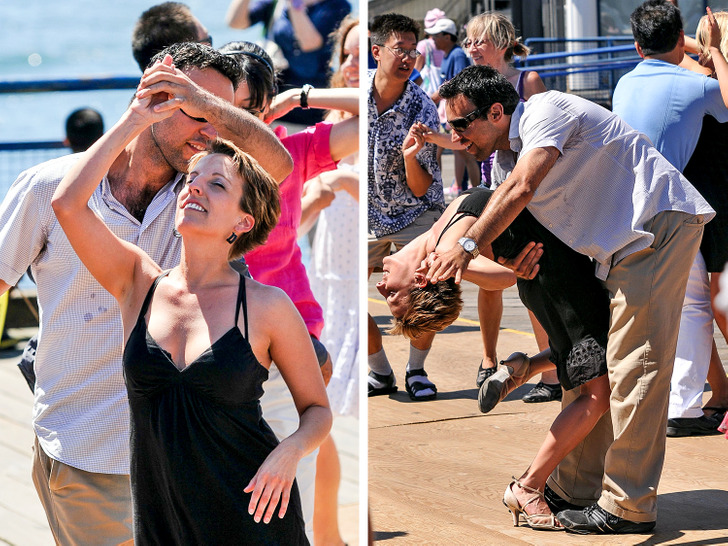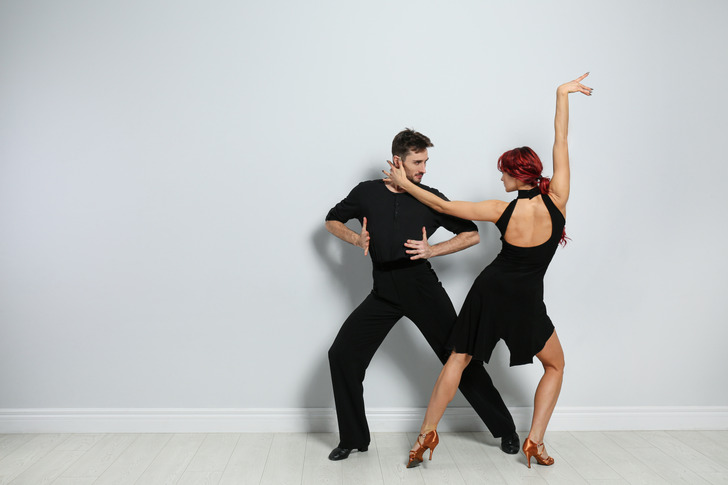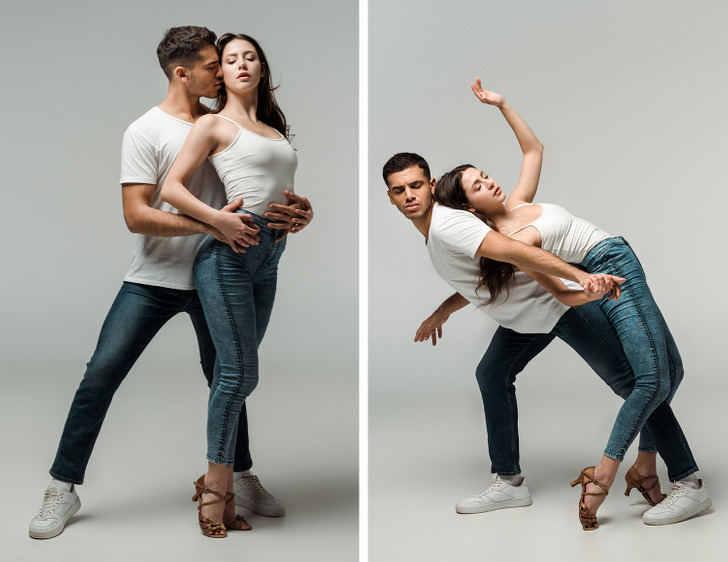A Guide to Partner Dance Styles
Waltz, tango, salsa, and bachata — all of these are pair dances. Each of them has a specific history and meaning. There are many styles and types that are constantly being supplemented with new ones.
In this article, 5-Minute Crafts will go into detail about the most popular partner dances, and you might even want to try some of them yourself.
1. Waltz
The waltz is one of the most romantic pair dances. Even if you don’t know how to dance it, you probably know what it looks like. In the waltz, partners take steps on their toes and then relax their knees and ankles to end up on a flat foot. This step is called the “rise and fall.” The continuous up and down motions and fluid turns make the couple appear as if they are floating on the dance floor.
The waltz is performed to music played in 3/4 time. This gives the dance a distinctive rhythm of “1-2-3, 1-2-3, 1-2-3.” The waltz has many styles, including the American-style waltz, Scandinavian waltz, Mexican waltz, Musette waltz, and many more.
2. Argentine tango
If the waltz is the epitome of romance, then the tango is the epitome of passion. Tango originated in the late nineteenth century on the bustling streets of Buenos Aires, Argentina, Montevideo, and Uruguay.
2 people can dance the Argentine tango in an embrace, which can be open (the leader and follower dance at arm’s length) or closed (the dancers touch, chest to chest). Do not confuse Argentine tango with ballroom tango. The main feature of the Argentine tango is that it does not include sequential choreography, rehearsed steps, or quick head movements, nor does it require holding a rose between the teeth. Argentine tango has a basic structure and certain rules, but often, the dance is built on improvisation. Typically, the dancer can never predict how their partner will interpret the music and lead the dance. For this reason, tango is often referred to as a “pure form of communication” or “talking without words.”
Tango has many styles that have been influenced by cultures around the world, including show tango, Uruguayan tango, tango apilado, and others.
3. Foxtrot
The Foxtrot is an American dance that originated in the early Jazz Age. The foxtrot is similar to the waltz, except that it’s performed in 4/4 instead of 3/4. This ballroom dance consists of a combination of long, slow steps and short, fast steps. Usually, the foxtrot has a slow-quick-quick rhythm or a slow-slow-quick-quick rhythm. Over time, the classic version of the foxtrot gave rise to another version, faster and more dynamic, called the quickstep.
The foxtrot can be danced in a variety of musical styles and tempos but is usually danced at a moderate tempo. Today, people dance the foxtrot accompanied by big band music.
4. Rumba
The rumba is a very slow, serious, romantic Latin American style of dance that radiates flirtation between partners. It is often called “The Dance of Love.” In the dance, the lady flirts with her partner and then rejects him. The intensity of the rumba is increased by eye contact between the man and the woman.
The basic rhythm of the rumba is fast-fast-slow with distinctive side-to-side hip movements. Rumba music is written in 4/4 time. Rumba rhythms, once influenced by African-style music, have found their way into country, blues, rock, and other popular music genres.
5. Salsa
Salsa is a popular Latin American dance that originated in Cuba in the late nineteenth and early twentieth centuries. Salsa has a lot of fast turns, active leg movements, and rhythmic hip movements.
The character of salsa comes through in its basic step. Salsa dancers are required to focus mostly on their lower body movement without any upper body movement. The movement of the legs is extremely important, as they set the movement of the hips, characteristic of salsa. Salsa has 2 main styles: linear and circular.
- In linear salsa, dancers move along a line, and partners can separate and dance independently of each other. Examples of salsa’s linear dance form can be seen in New York and Los Angeles styles of salsa.
- In the circular style, the couple moves in a circle. Examples of circular salsa can be seen in Cuban and Colombian styles.
Salsa music is a mixture of various Caribbean rhythms and instruments.
6. Samba
Samba is a Brazilian dance, although its origins are deeply rooted in African culture. Ballroom samba is usually danced to music written in 2/4 time. The main rhythm is 1 and 2, 3 and 4, 5 and 6, 7 and 8. Samba consists of fast steps and sharp swings of a dancing couple. The dance is performed in a specific rhythm with fun and flirtatious dance moves.
The “samba bounce action” is the main action of the dance. It gives the dance a unique look. The samba bounce is a gentle, rhythmic action felt in the knees and ankles. This movement is quite difficult to master, and it is the basis of samba.
7. Bachata
Bachata is a dance that originated in the mid-twentieth century in the Dominican Republic and the Caribbean. This dance is similar to salsa, only with slower music and energy. There are also fewer turns in bachata.
The main highlight of bachata is the thighs. It is generally accepted that the smoother and more often the dancer moves their hips, the more feelings they have for their partner.
The basic step in Dominican bachata is 3 steps, and on the counts of “4” and “8,” there is movement in the hips. Also in Dominican bachata, the trajectory of the dancers’ movement is in the shape of a square. In modern bachata, the dancers move from side to side.
Like many other coupled dances, bachata has several styles, including Dominican bachata, traditional bachata, modern bachata and others.
